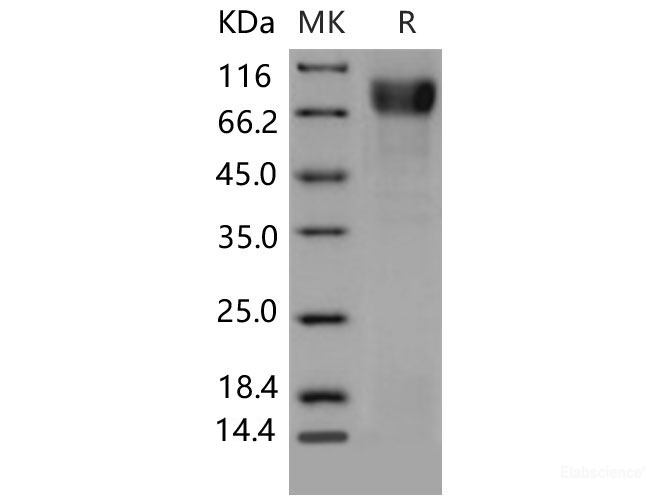Background
Vitronectin, also known as VTN, is a member of the pexin family. It is an abundant glycoprotein found in serum the extracellular matrix and promotes cell adhesion and spreading. Vitronectin is a secreted protein and exists in either a single chain form or a cleaved, two chain form held together by a disulfide bond. Vitronectin is a plasma glycoprotein implicated as a regulator of diverse physiological process, including blood coagulation, fibrinolysis, pericellular proteolysis, complement dependent immune responses, and cell attachment and spreading. Because of its ability to bind platelet glycoproteins and mediate platelet adhesion and aggregation at sites of vascular injury, vitronectin has become an important mediator in the pathogenesis of coronary atherosclerosis. As a multifunctional protein with a multiple binding domain, Vitronectin interacts with a variety of plasma and cell proteins. Vitronectin binds multiple ligands, including the soluble vitronectin receptor. It may be an independent predictor of adverse cardiovascular outcomes following acute stenting. Accordingly, Vitronectin is suggested to be involved in hemostasis, cell migration, as well as tumor malignancy.







